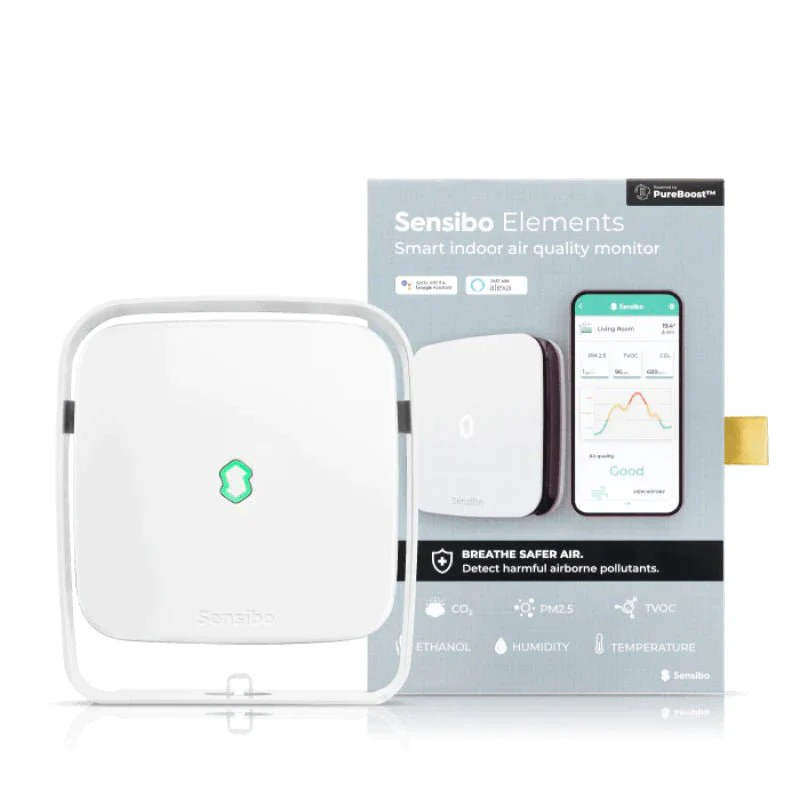As parents and guardians, you take your childrens’ health very seriously. You teach them good personal hygiene, how to clean the house and actively avoid taking them to polluted areas. But is this enough?
It’s easy to forget that your home is not the only place kids spend a majority of their indoor lives. They also clock a lot of time in school. It means their health could also be at risk during their daily classes.
Indoor air pollutants in school buildings may include the following:
- Pollen
- Dust and dust mites
- Mold spores
- Smoke
- Engine emissions
- Unsanitary HVAC equipment
- Pesticides and toxic cleaning materials
- Odors from paint, chalk and adhesives
Often, these pollutants are taken for granted. But they shouldn’t be. Consistent exposure can be dangerous to your children. To better understand what’s at stake, we’ll share three ways indoor air pollution impacts students. can affect your children while they’re in school.
This article will also show how preventive measures such as installing air filters for schools can make a difference in keeping students safe.
How Does Indoor Air Pollution Affect School Children?
If your children have been complaining of frequent irritation in the eyes, nose and throat after coming home from school, they may have been exposed to some form of air pollution. Indoor air pollution can cause a variety of immediate health effects such as:
- Headaches
- Dizziness
- Fatigue
- Coughing or wheezing
While most of these symptoms are short-term and treatable, not addressing the cause will only bring back the afflictions after a while. In addition, the likelihood of these reactions may vary depending on factors like age and existing medical conditions. For example, children with asthma are especially vulnerable since their condition can be triggered by indoor exposure to allergens like molds and dust mites. These allergens are also quite common in school settings.
Exposure Could Lead to Long-Term Problems
Based on a National Center for Education Statistics report, students spend an average of 1,000 hours in school buildings every school year. That is, roughly a span of 180 days.
This number shows just how long your children are exposed to health risks while attending school. Unfortunately, long-term exposure to indoor air pollution may cause serious health effects that could show up years later. These include:
- Respiratory diseases and conditions
- Worsening asthma and allergies
- Heart diseases
- Cancer
One indoor air pollutant, radon, is a naturally occurring gas frequently found in schools and workplaces. It is a known carcinogen and considered the second leading cause of lung cancer by the EPA. Another known health problem linked to indoor air pollution is Legionnaires’ disease. It’s a form of pneumonia caused by the legionella bacterium. It’s associated with buildings with poorly maintained air conditioning and heating systems.
Indoor Air Pollution Affects Student Success
A student’s health and comfort in the classroom impacts their overall learning and productivity. Studies from American University documented significant declines in test scores during days with high levels of indoor particulate pollution.
Exposure to poor indoor air quality also impacts students’ attendance due to sickness. Asthma, for instance, is one of the leading causes of school absenteeism. Teachers and staff getting sick from exposure can further disrupt the learning environment.
Improving School Air Quality
There are various ways schools can protect students from exposure to air pollutants indoors.
- Controlling pollutant sources – This includes routine cleaning and dusting, as well as preventing moisture accumulation that could cause mold.
- Increase ventilation – Increasing airflow in classrooms can keep asthma triggers and other pollutants from settling in one area.
- Upgrade air filters – High-efficiency air filters in schools help trap harmful airborne pollutants and keep them out of the air students breathe.
- Regularly change HVAC air filters – Because air filters trap pollutants, changing them regularly is necessary to have a clean, safe and well-functioning HVAC system.
- Install carbon monoxide and radon detectors – Carbon monoxide and radon cause many serious health problems. Detectors confirm the presence of these elements and allow experts to eliminate these dangerous sources. A monitor that tracks overall indoor air quality and pollutant levels can also help schools improve indoor health as a whole.
You want to do everything you can to keep your children healthy and happy, but you don’t have complete control over the indoor air quality in their educational settings. Getting involved in your local parent-teacher associations and voicing your personal concerns about air quality is a good first step to provide your children with a safe learning environment. Advocating for indoor air quality solutions can make a difference.
If you want to learn more about air quality control strategies for your child’s school–or your home or business–get in touch with our experts at IAQ.Works. We can help you find the best IAQ professional in your area.





